Dec 12, 2013 | collage, interviews
Gabriel Folli is a young French artist, working in nearly every medium to interpret his memories and the world around him. He’s studied at the University of Amiens, near Paris since 2009 and has exhibited in Amiens, Abbeville and Bourges, France this year.
His collaged works are my favorite — layer upon layer of photographs and color that turn memories into dreams — or nightmares, depending on what frightens you. But his portfolio finds balance in representational paintings and drawings of landscapes. They hold shadowed horizons taken from photographs, and the sheets of skyline can be rearranged and randomized to create places that don’t exist.
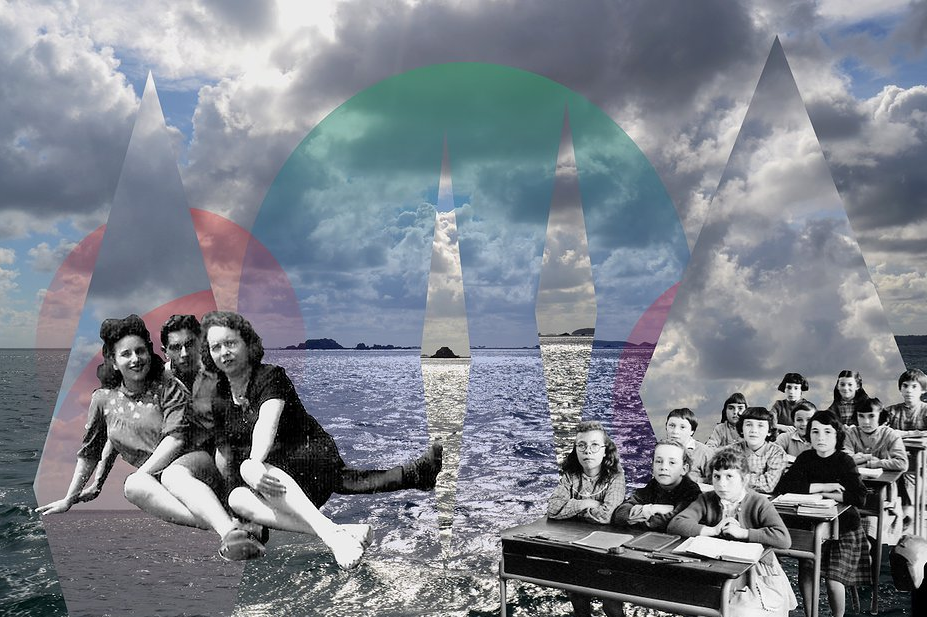
When did you first know you wanted to be an artist? What’s the first artwork you can remember ever creating?
I began to draw comic strips when I was 13 or 14 years old. I wanted to make it my job. During the high school I created many drawings and installations… Concerning the works I make today, the first work which had an influence on the others was a video called Open Door, created in 2012.
Where do you find the images for your collages? How do you piece them together?
Initially, I take photos of landscapes which make up the background of the collage. Then, the characters are members of my family, my friends…I find theses photos in my family’s archives, most of them are old photos that come from the house of my grandparents. I give them a second life.
For the construction of collages, I look for people who can correspond to the landscape, or not, and I play with the hot colors. In my work in general, there is a strong contrast between warm colors, light and the black of darkness. I want to create idealized and fantasized situations in my collages.
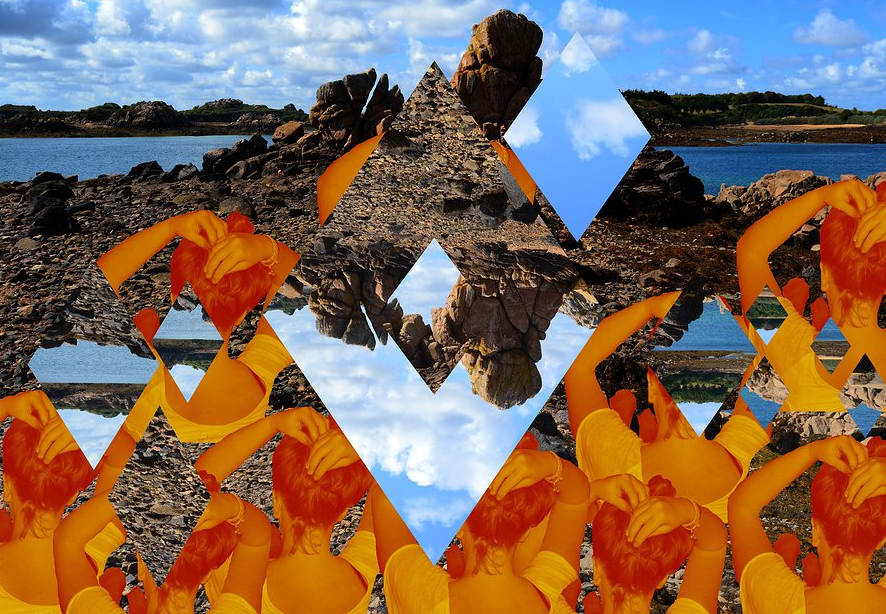
Do you create your drawings from photographs? What about landscapes inspire you to depict them in so many different ways?
Yeah, my drawings are created from photographs. Photography (or video) is often the basis of my work. I use photos to create drawings, paintings, collages…
The photography is not really the purpose but a way. Every drawing corresponds to a memory, and all of theses drawings create a life, my life, in which the memories are mixed and modified with time. Drawings are put on a same horizon line, in a random choice, and form a unique landscape.
Who are a few of your art idols, and do you think they played a role in the formation of your own work?
A lot of artists are influence my work, it’s certain! I discover most of these artists on the Internet or in books, among whom many are not very well-known. I like the work of Monika Traikov, Fabienne Rivory, Sergey Larenkov, Lorna Simpson or Alexander Schellow, one of my favorite artists. Each of them has a different approach, and in my work, I try to find new techniques to realize my memories, and at the same time, destroy them.
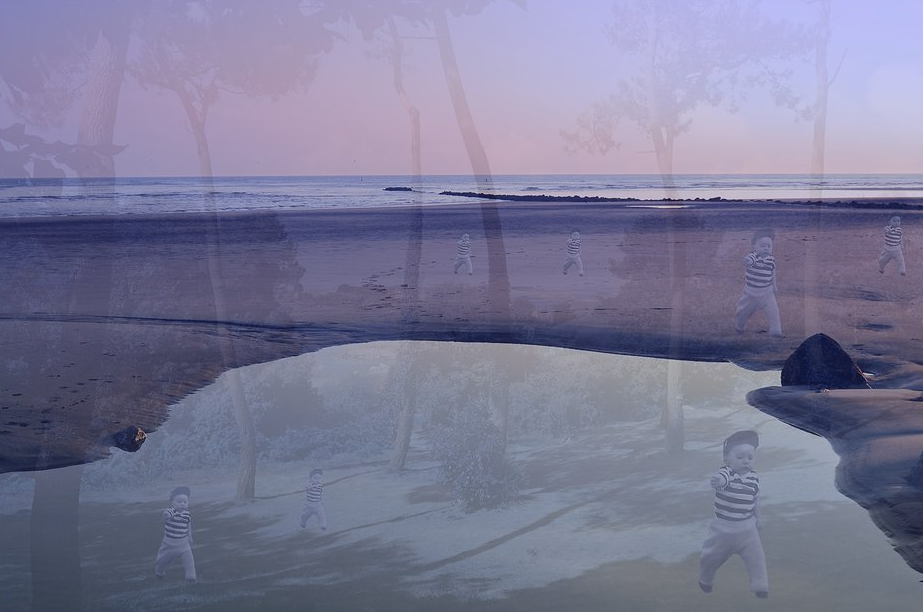
Which places most inspire you to create your landscape works?
I like the nature more than the city. A lot of my photographs are taken in the nature, in front of the sea or forest. I am interested by the night too. The night brings me a lot of contemplation, silence, solitude. Besides, I often create during the night.
What’s one of your favorite quotes about art?
« Je composerai jusqu’à la décomposition. » Serge Gainsbourg
In English : “I shall compose until the decomposition”
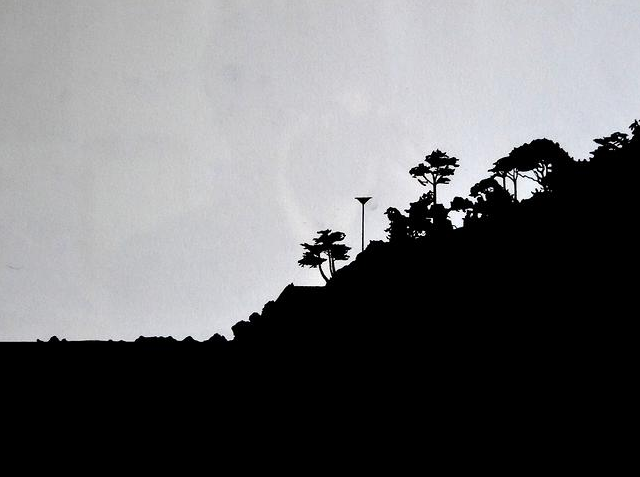

For more from Gabriel, check out his Twitter, Tumblr and website.
GD Star Rating
loading...
Oct 24, 2013 | interviews, painting
Ilaria Berenice is an Italian artist who uses color and loose forms to express herself on paper. Her works keep their wet, fluid feel even though the paint has long been dry. Every stroke looks intentional and spontaneous all at once, and the bright colors she uses brings every shape and form to life. She studied anthropology and ethnology at the University of Siena, but didn’t begin painting until traveling through Brazil, Italy and Spain in the early 2000s.
Now, her work has has been exhibited all over Italy and featured in multiple publications including the Spanish critic Eva Minguet Camara’s 2008 book “Ilustraciòn de vanguardia” (“Art illustration”). This past summer Ilaria had a solo exhibition at one of the biggest castles in Europe, at Castel Brando, between Venice and the Dolomites.
When you sit down to complete a portrait, do you already have an idea of how realistic you want to convey the sitter?
When I started to make committed portraits with oil, the goal was to make them as realistic as possible. But when I make them with mixed media, I just catch the glimpse of the soul and personality of the person, or just an aspect, while playing and having fun with the sign between shadows and lights, and strangely enough they look more familiar with the sitter than the realistic ones, to me.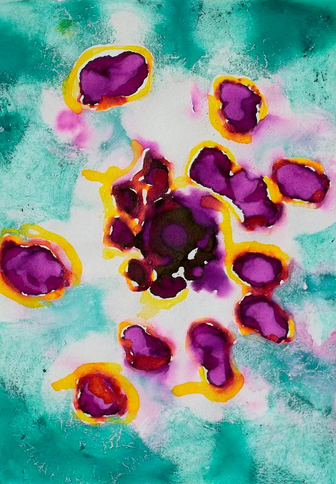
You write that your collection of “Visionary” work is inspired by momentary situations and ideas. Can you tell us the story behind your mixed media work “Venice”?
I love the work “Venice,” overall because is the latest one. Well I just played with stains of blue and green, made of pigments, glue and water, then I let the work on the easel appear whatever. The day after I saw Venice on it, I just allowed what I saw to come out.
What do you use for reference in your anatomy drawings?
I did them last winter at the Brera academy here in Milan where there is a real skeleton. While for the muscles I used pictures, and for the people I used real people, all in the class of the artist and professor Maria Tcholakova.
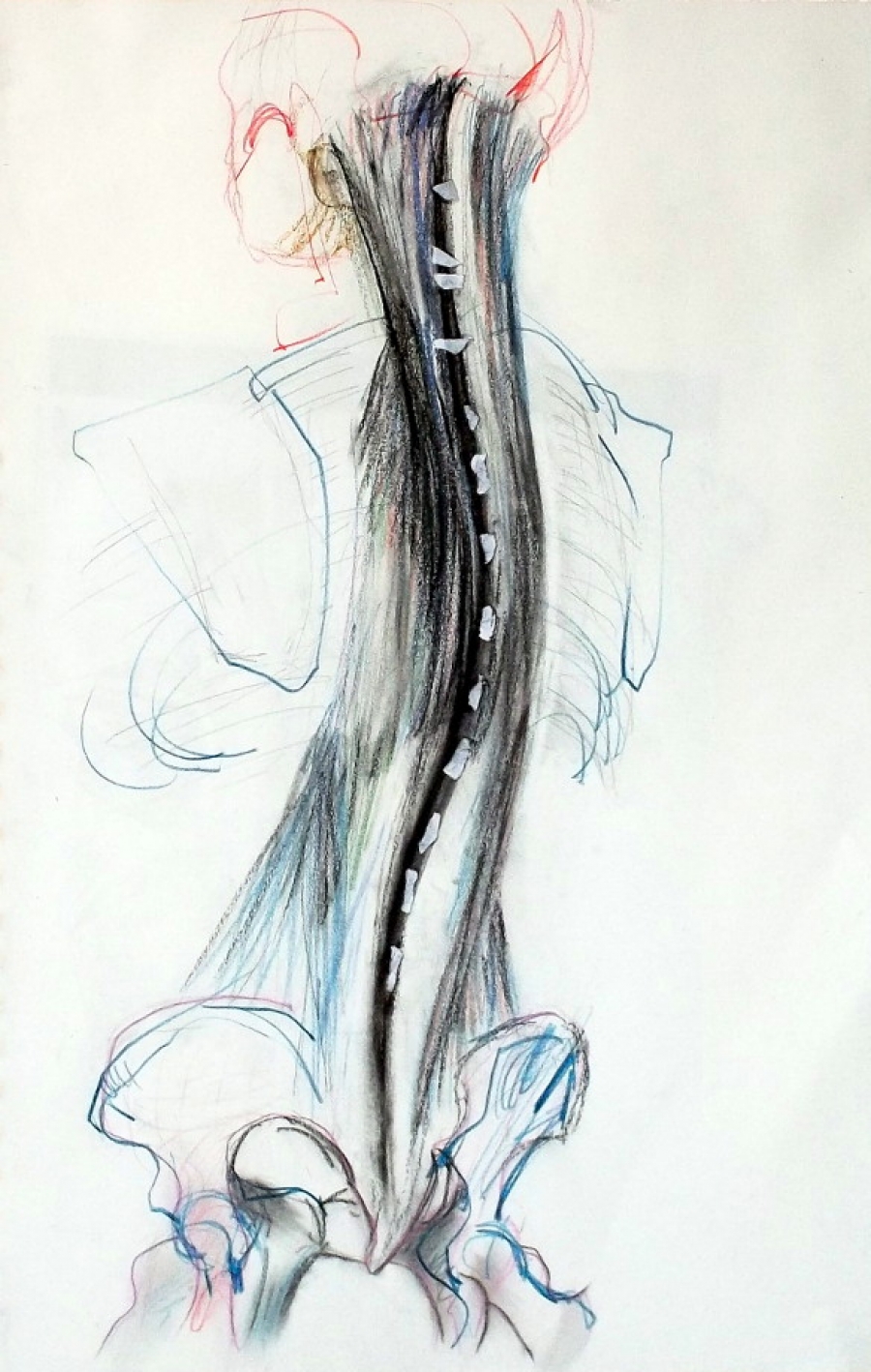
“Anatomy 9,” 28 x 42 cm
Which masters of art are you most inspired by? Are there any modern artists you look up to as well?
As way of proceeding I’m quite independent as I began as self taught, but I read some books along the years that inspired me a lot or that I identified with, especially “Drawing on the Right Side of the Brain” by Betty Edwards, “Concerning the spiritual in art” by Wassily Kandinsky and “Stroke by Stroke” by Henri Michaux. Then last winter I attended the Brera academy in Milan – I knew professors that are great artists also, and I got very inspired by them over all by Barbara Giorgis and Maria Tcholakova, so much that this year I will attend again.
When did you first think of the idea for your Stains series? What do the shapes you paint look like to you?
For the stains I got inspired and started by artist and professor Barbara Giorgis, then of course I developed them in my own way. I just play with colours and shapes and then I let the intuition work for me.
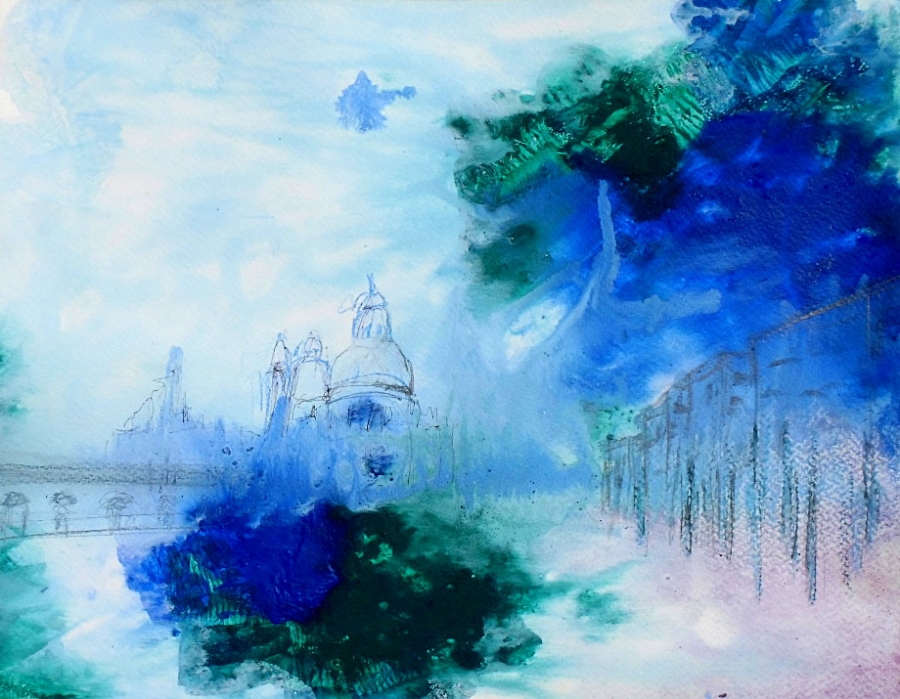
“Venice,” 25 x 35 cm
What’s your earliest memory of creating/painting/drawing?
My great-great father was a painter. He never taught me anything, but when as a child I went to visit, I always found a blank canvas and colors ready to be used in his studio. So without saying anything while the adults chat, I went to his studio and did a painting, it was like a mutually concealed understanding. He appreciated a lot even though he was not a man of many words. Later I stopped painting for many many years, until I started again when I lived in Brazil about at the age of 28, doing lots of collages with founded objects, and later adding on paint.
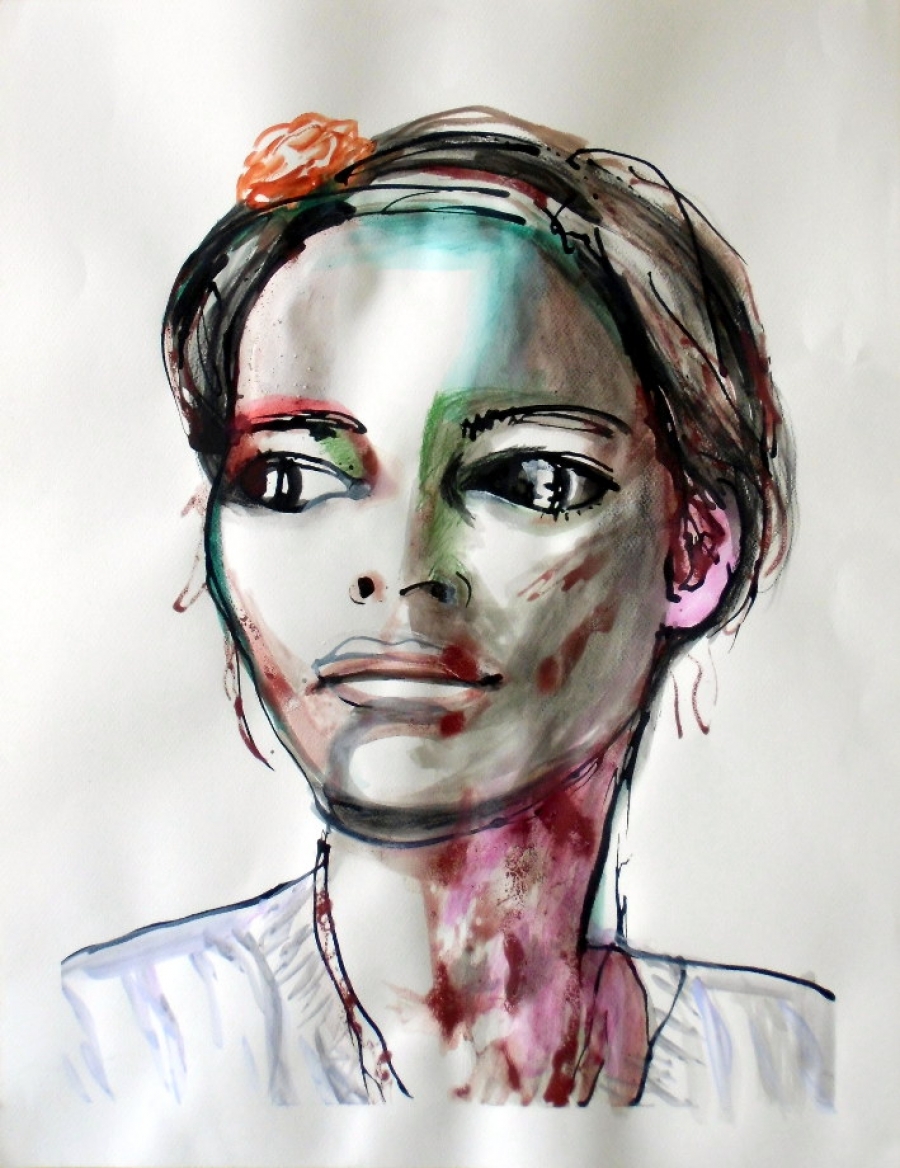
“Self portrait,” 50 x 65 cm
For more of Ilaria’s work, check out her website, and find her on Facebook and Twitter.
GD Star Rating
loading...
Oct 10, 2013 | street art
Usually when I use “meet” in a things worth post title, it’s because the post is an interview and I like to feel like I’m introducing the people who were nice enough to answer my questions. But this one’s about me and a crazy goal I have to get everyone, everywhere talking about art. That’s also the reason why the posts here have been so nonexistent for the past few weeks.
I’ve been documenting San Francisco’s public art since August in a project I call WanderArt — something that will eventually grow into an art map, detailing every public artwork, gallery, and business that features the work of local artists on their walls. Basically, it’s a location-oriented database of art in the public space, and it’ll track our changing opinions of it — something that’s now possible thanks to social technology that can lead people to every artwork outside at any given time.
There is a lot of public art in SF, and I’ve barely even started.
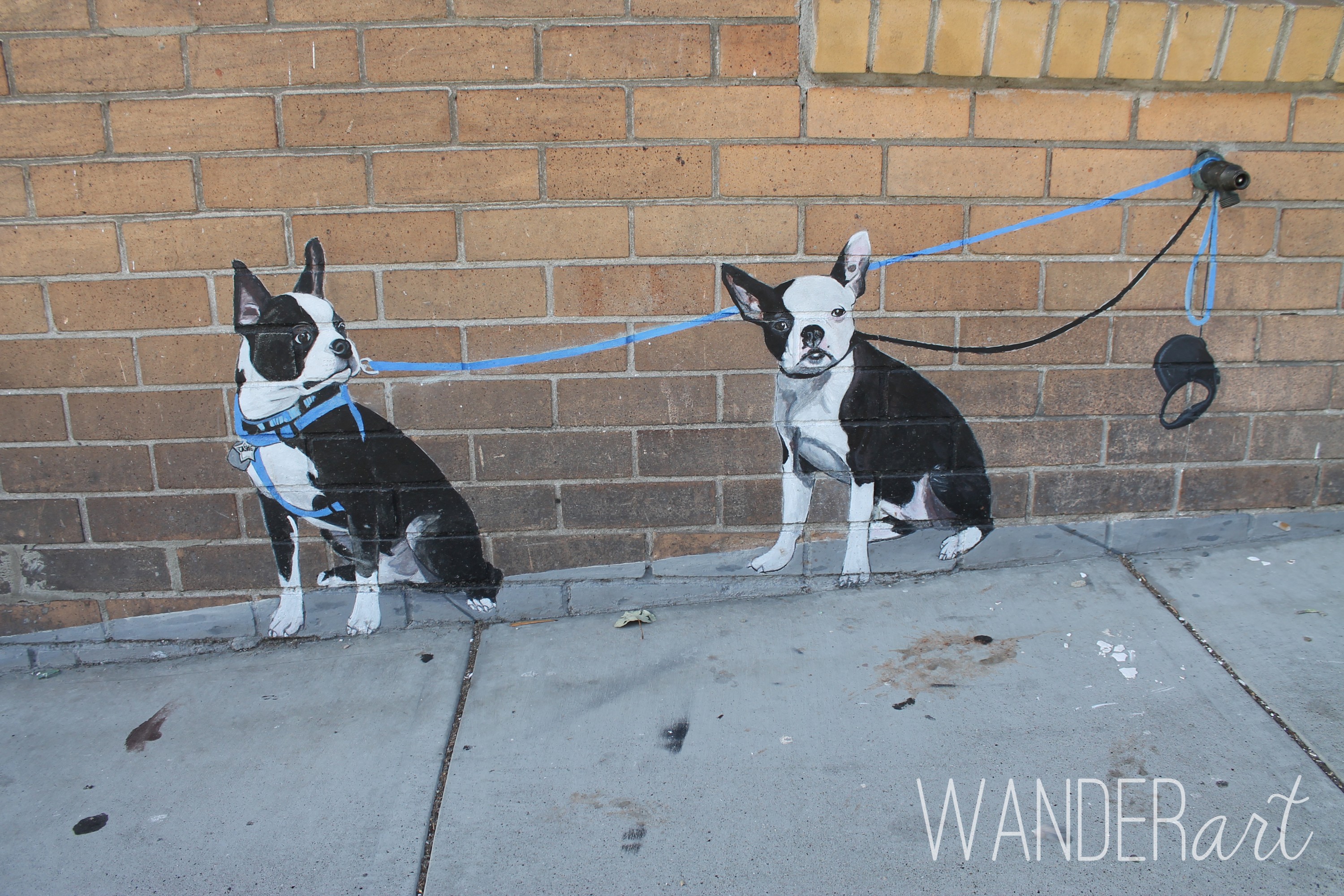
But I have to document all of it because this art is so important; it belongs to all of us and could brighten any one’s day at any given time if they just stopped and looked. Which is why you’ll only be able to comment or vote on works in the database if you’ve ‘checked-in’ to the work’s location. You have to be standing right in front of it, so that every comment you see is from someone who was actually there, creating a physical (but not creepy) connection between people who have shared the experience of considering the work before them.
The photos in each database entry will be shown in order according to the number of votes they have (yay democracy!), and to balance the scales, you’ll only be able to vote on these photos while you’re online, or not checked-in — because you can’t really judge how well the photos give you a sense of an artwork when it’s right there in front of you.
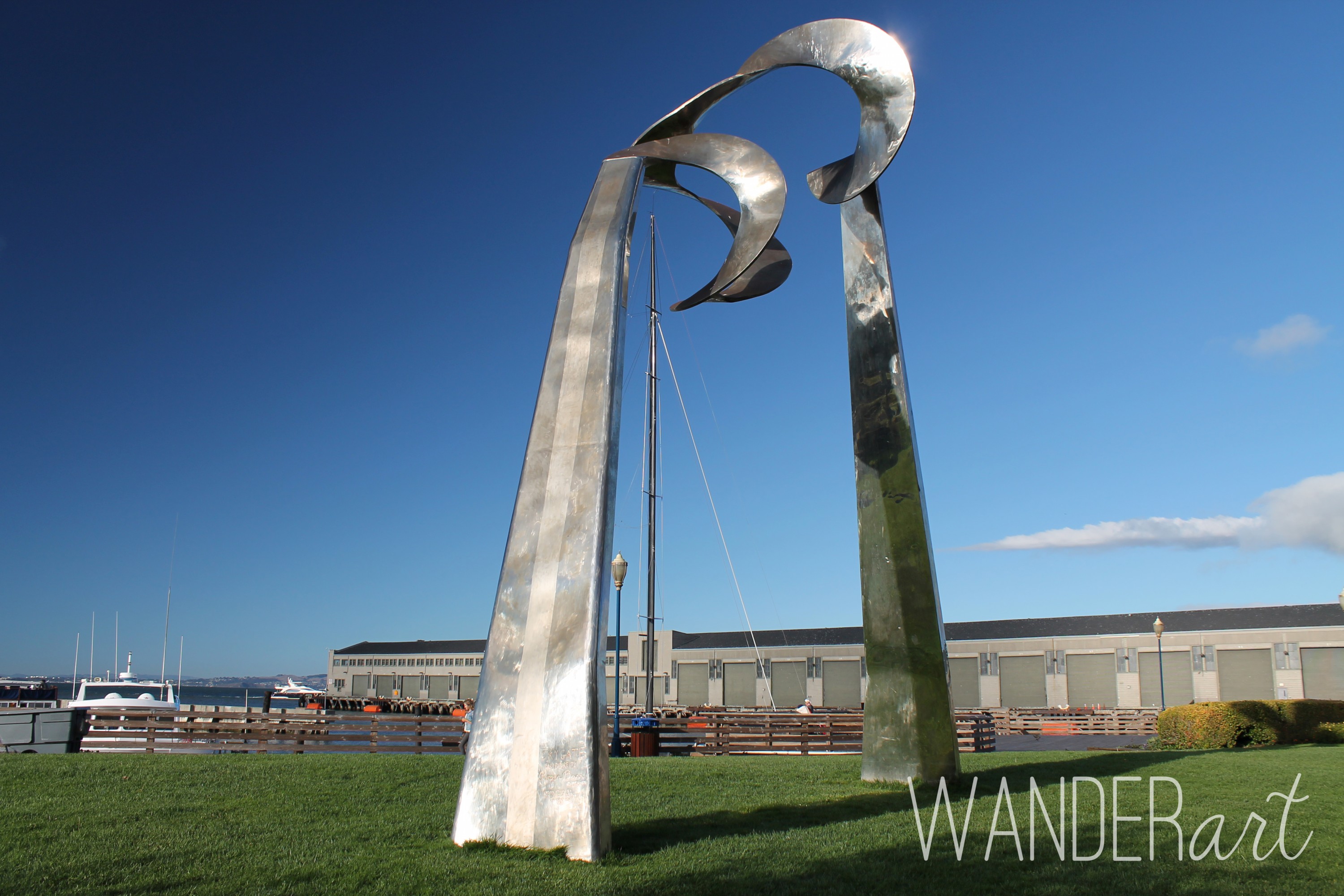
Basically, I just want people to see the art around them — the works they pass everyday, and I want them to be able to find more right around the corner if they ever felt the urge. Because it’s beautiful and it’s free to see.
Everything I’ve ever written, especially here on this blog, has gradually led me to this idea, and I could not be more determined to make it happen. I’m starting in San Francisco, and it’s turned out to be the perfect place because everything is just so freaking scenic all the time. Want to join? Email me to get started wandering in the Bay Area or start your town’s art documentation movement.
If you’re a fan of public or street art, please do any (or all!) of the following:
Check out the website // Like the Facebook page // Follow WanderArt on Twitter // Follow our Tumblr journal
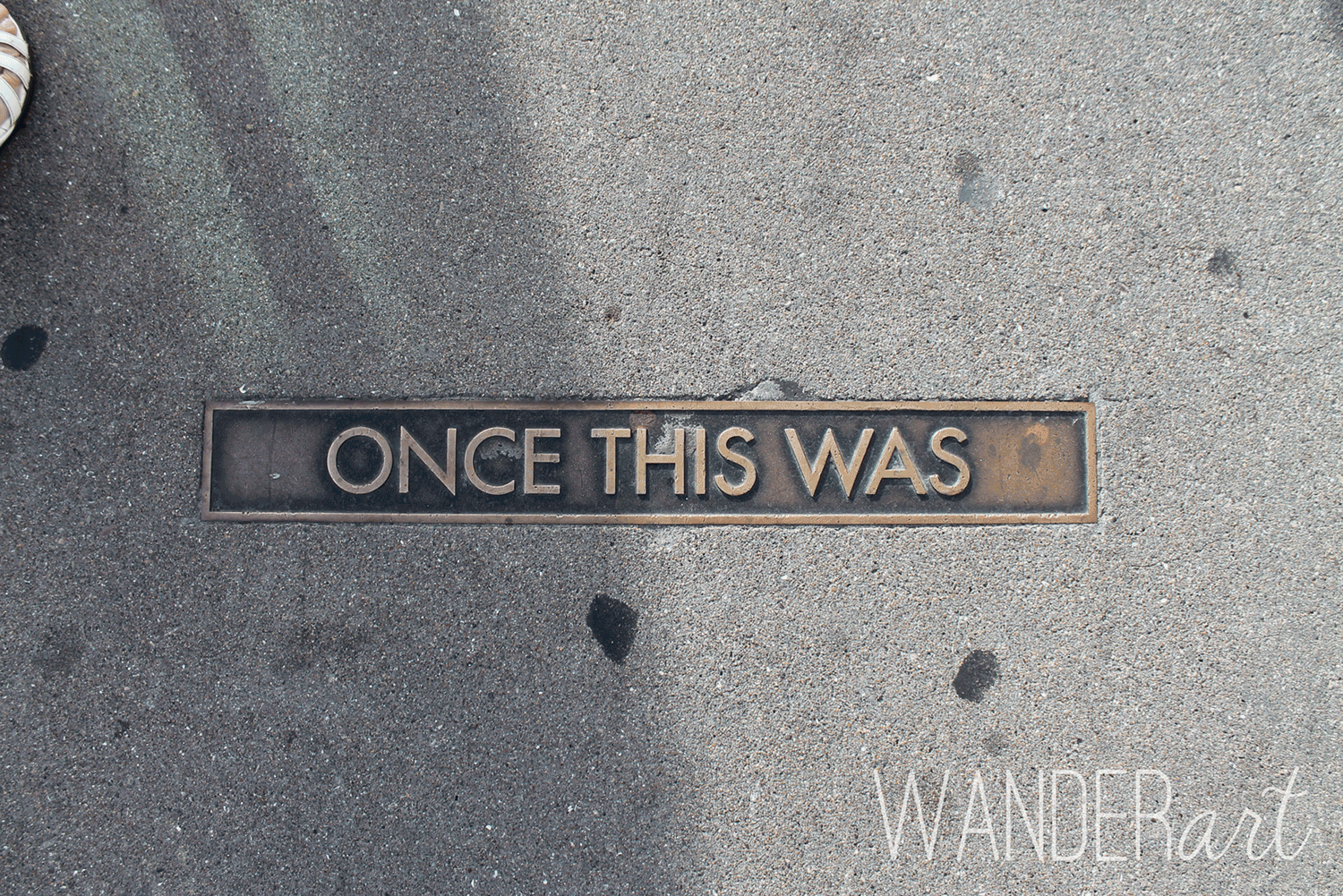
GD Star Rating
loading...
















